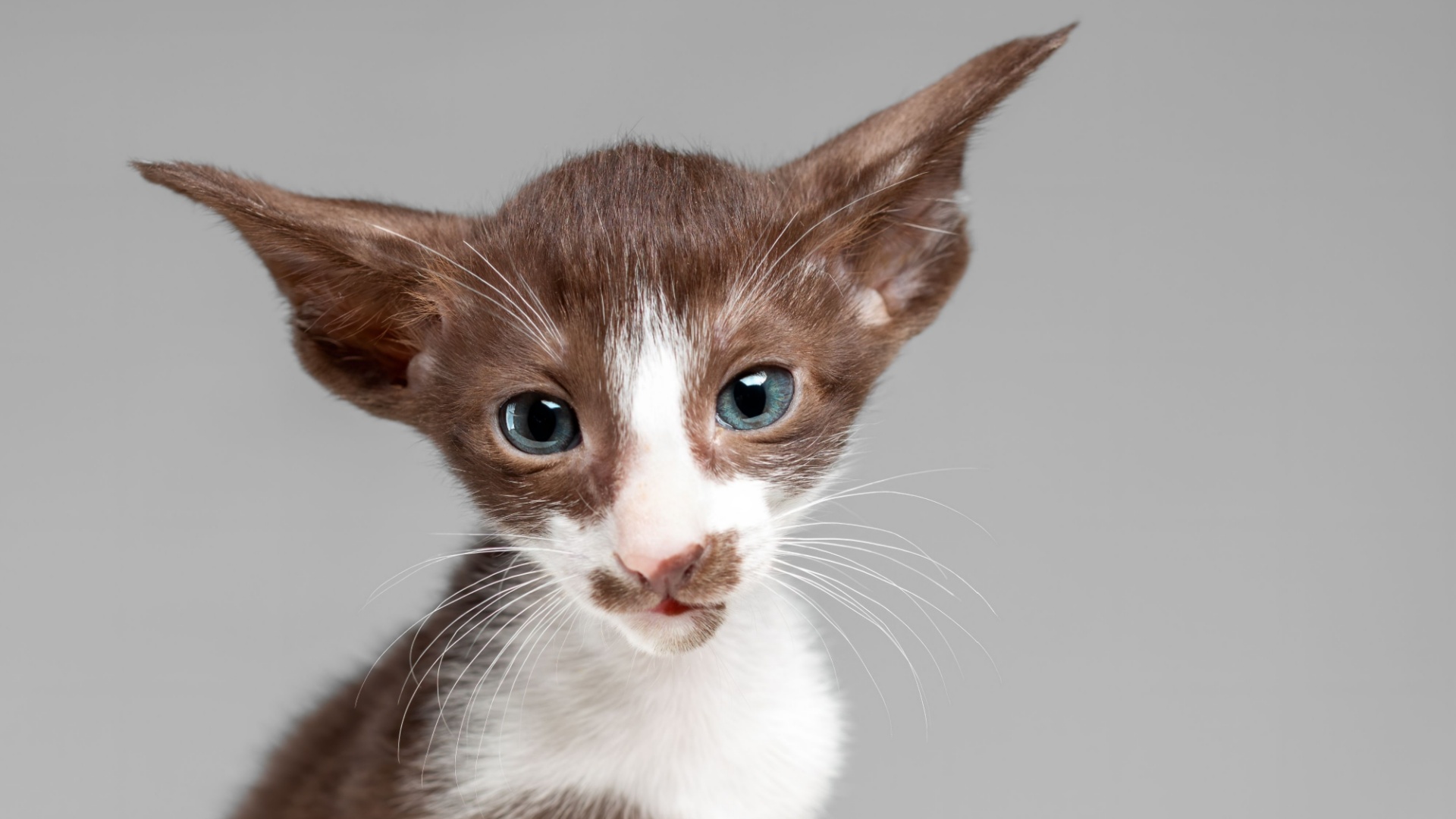As much as I love cats, not every breed is the perfect fit for everyone. While some cats are laid-back cuddle buddies, others come with unique quirks that might make them less ideal for certain lifestyles.
From high-energy furballs to cats with special care needs, there are some breeds I’d pass on – and I’ll tell you why.
If you’re curious about the cat breeds that didn’t make the cut for me and the surprising reasons behind it, keep reading.
1. Persian
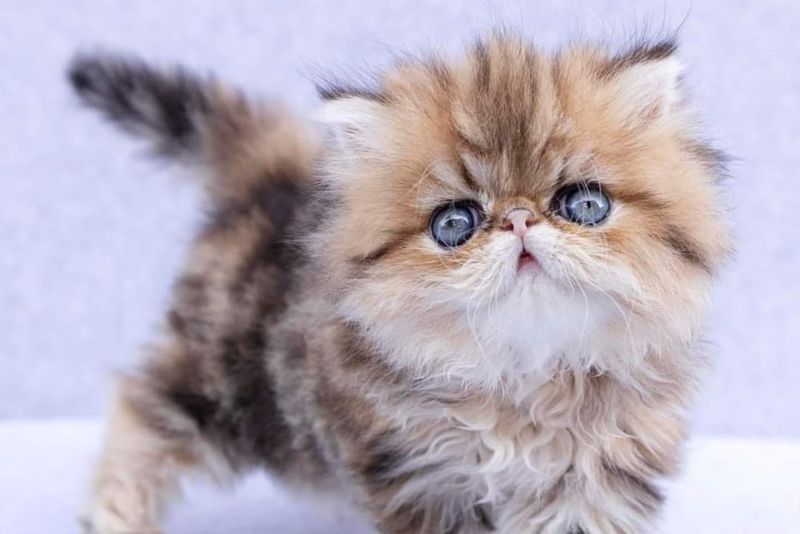
The Persian cat is often admired for its long, luxurious fur and elegant appearance. However, managing this beauty comes at a cost. The upkeep of their coat is quite demanding, requiring daily grooming to prevent tangles and mats. This grooming routine can become nearly a full-time job, which doesn’t fit well with my busy lifestyle.
Persian cats are known for their flat faces, which can lead to a range of health issues. Breathing problems and eye conditions are common, requiring frequent veterinary visits and potentially costly medical care. This aspect of their care can be stressful and time-consuming.
Moreover, while Persian cats are typically calm and gentle, they may not suit active households. Their preference for a serene environment means they can become stressed in noisy or bustling settings.
These various factors, from high maintenance grooming to health concerns, make the Persian a challenging breed.
2. Sphynx
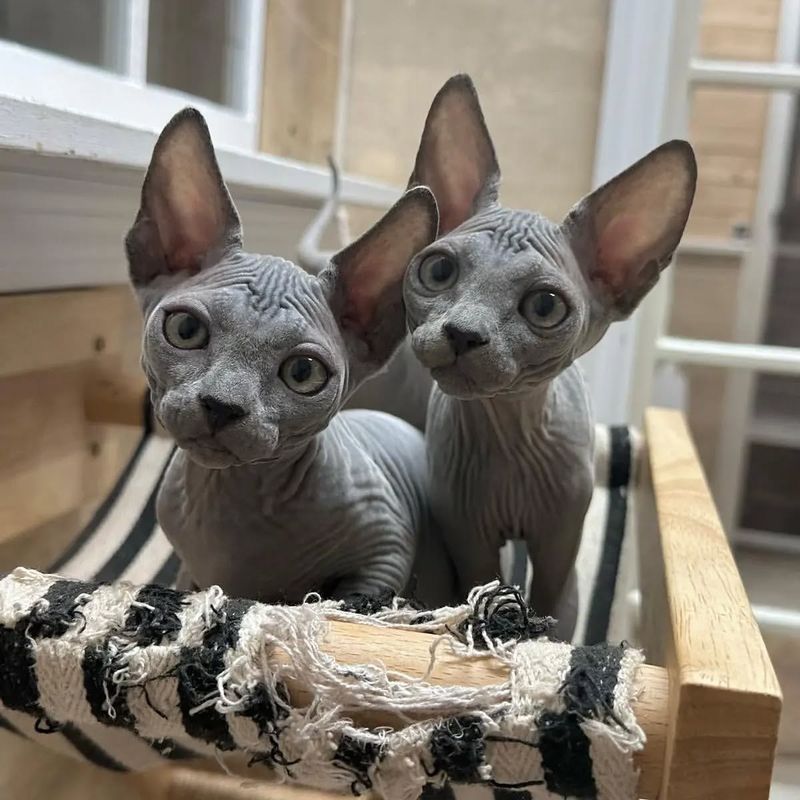
While their hairless nature eliminates shedding and fur allergies, it introduces a different set of care requirements. Their skin requires regular bathing to remove oil buildup, which can be a cumbersome task.
Sphynx cats tend to feel cold easily, needing extra warmth and sometimes clothing to stay comfortable. This need for constant temperature regulation could be tricky in a home with fluctuating climates or limited heating options.
The Sphynx cat’s energetic and attention-seeking personality may demand more interaction than I can offer. They thrive on companionship and can become anxious if left alone for long periods, making them less suitable for a busy individual.
3. Bengal
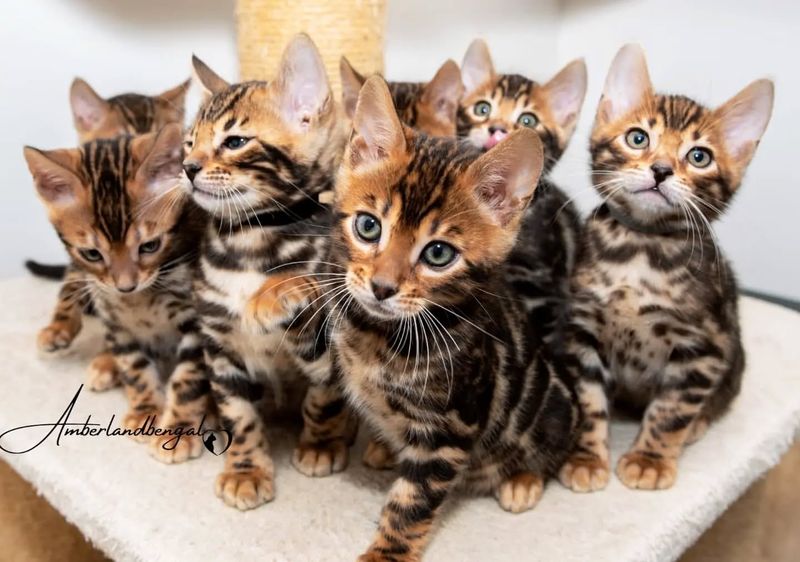
Bengal cats are renowned for their striking spotted coats and wild appearance, reminiscent of their leopard ancestors. However, their beauty comes with high energy levels and a need for constant stimulation, which can be overwhelming for someone not prepared for such an active pet.
These cats require ample space to roam and play, as well as interactive toys and activities to keep them entertained. Without sufficient engagement, they can develop behavioral issues such as aggression or destructive tendencies.
Additionally, Bengals are known to be quite vocal, communicating their needs and desires loudly. This can be disruptive, especially in a shared or quiet living environment. While their intelligence and playful nature are appealing, the commitment they require in terms of time and space make Bengals a less ideal choice.
4. Scottish Fold
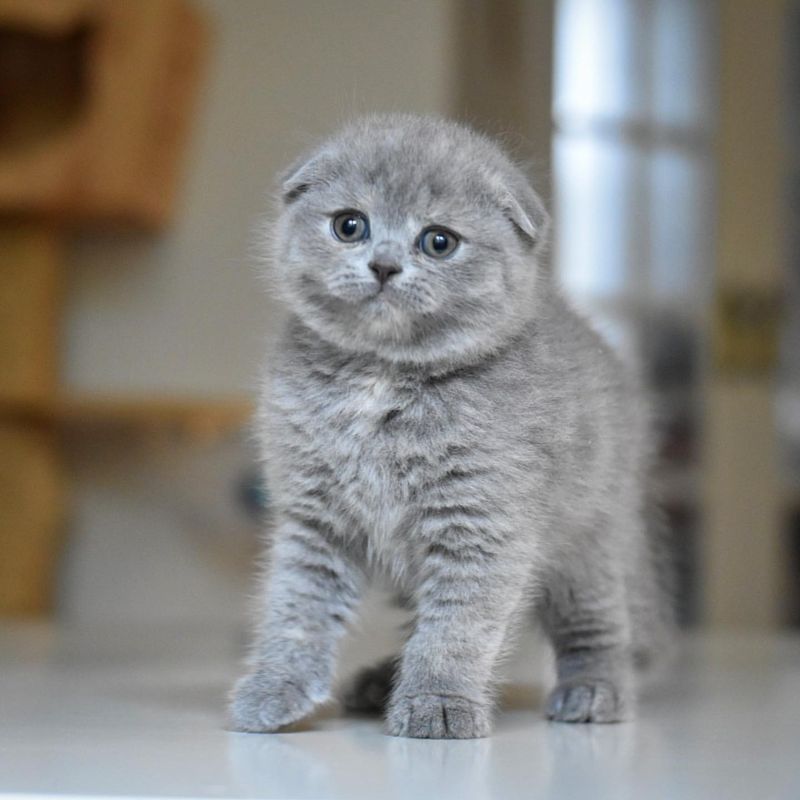
Scottish Fold cats are easily recognized by their unique folded ears, a feature that contributes to their cute and endearing appearance. However, this distinctive trait comes from a genetic mutation that can lead to cartilage issues and joint pain as they age. The potential for these health problems requires careful monitoring and possibly frequent veterinary care, which can be both costly and emotionally taxing.
This aspect of their upkeep is a significant consideration for someone like me, who prefers a lower-maintenance pet. While Scottish Folds are typically known for their affectionate and calm demeanor, they may not adapt well to homes with other pets or young children.
They can be sensitive to changes in their environment, making them more suited to stable, quiet households. Given the active and sometimes chaotic nature of many homes, a Scottish Fold may not be the best fit. The breed’s potential health issues and specific environmental needs can make them a challenging choice for some.
5. Maine Coon
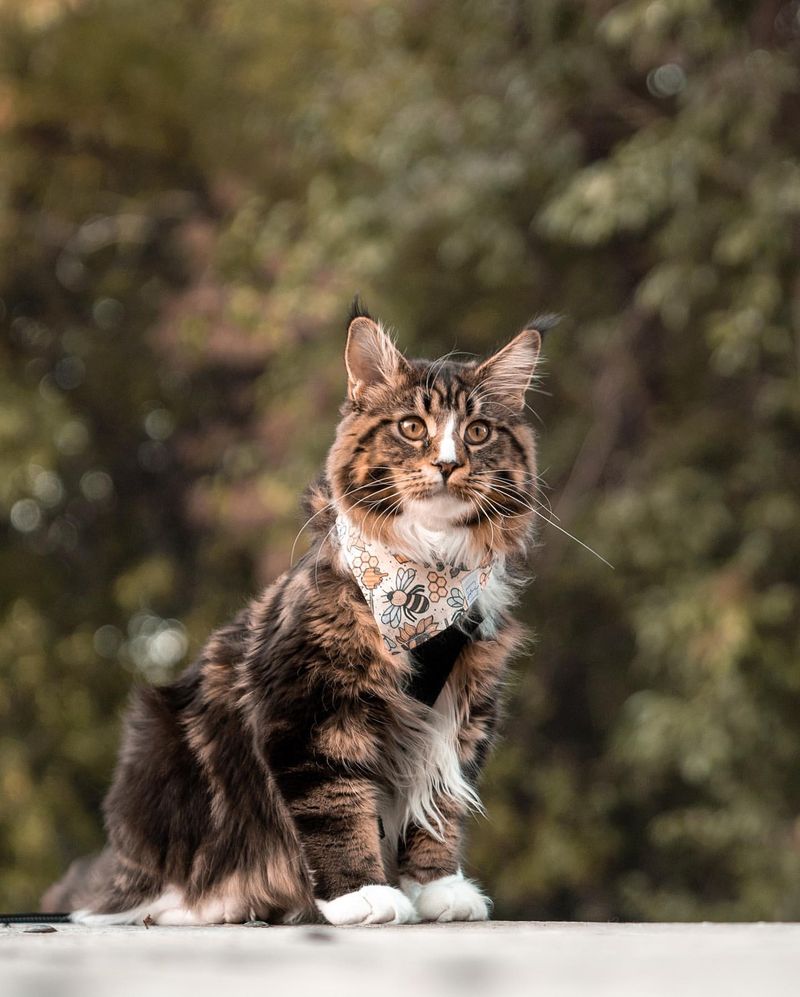
Maine Coons are known for their impressive size and bushy tails, making them a favorite among cat enthusiasts. However, their large stature is accompanied by increased grooming needs. Their dense fur can easily become matted if not regularly brushed, which is a level of maintenance I find daunting.
In addition to grooming, Maine Coons have hearty appetites and require a diet that supports their larger frame, leading to higher food costs. This aspect of their care can become a financial burden over time. Furthermore, while Maine Coons are generally friendly and sociable, their size and strength can be overwhelming, especially in homes with small children or elderly residents.
They need space to move and play, which might not be feasible in a smaller living area. These factors, including grooming demands and dietary needs, make the Maine Coon a less suitable for everyone.
6. Savannah
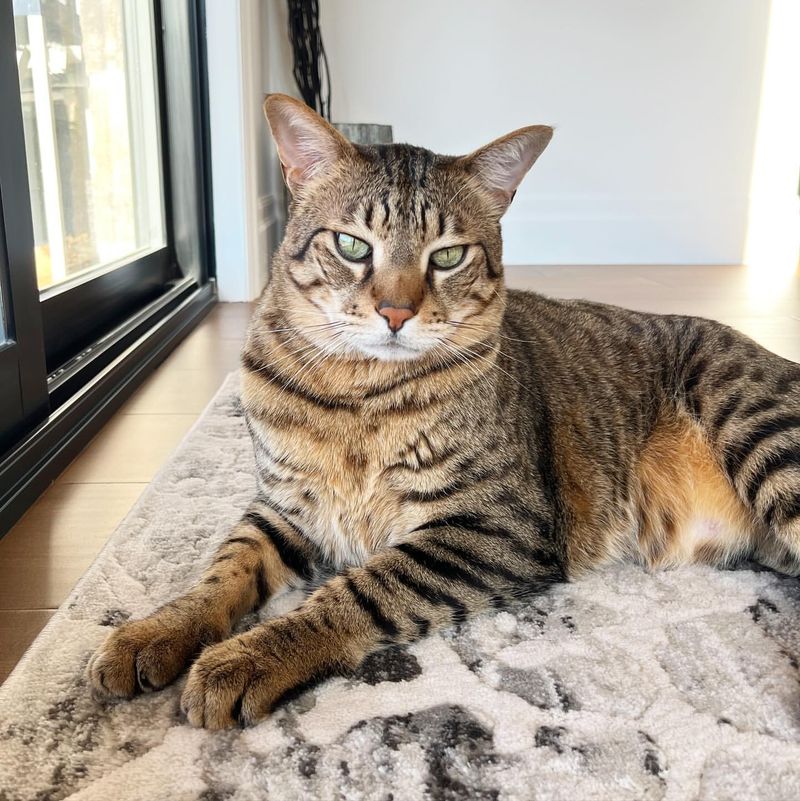
Savannah cats capture attention with their exotic looks and slender, athletic build. However, their wild heritage means they possess traits that may not be ideal for every household. These cats have a high prey drive and can be quite adventurous, often needing outdoor space to satisfy their instincts.
Their energetic nature requires extensive playtime and stimulation, which is a challenge in a more confined or urban living environment. Without adequate outlets for their energy, they can become frustrated and exhibit unwanted behaviors.
Savannahs are known for their remarkable intelligence, which, while impressive, means they can easily become bored. They require interactive toys and puzzle feeders to keep their minds engaged. This high level of engagement might be difficult to maintain for someone with a hectic schedule.
7. Ragdoll
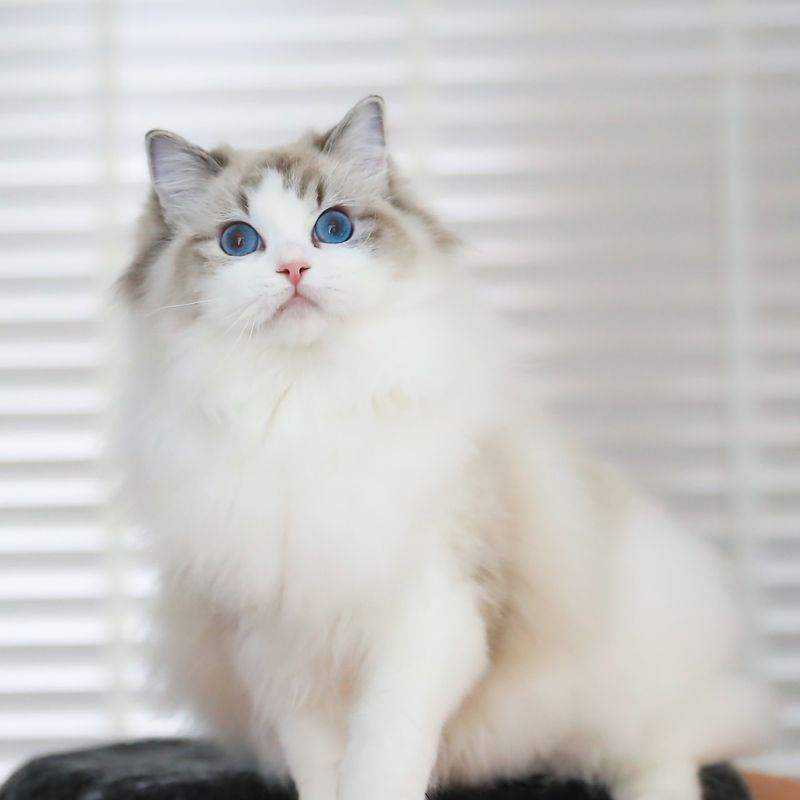
While their docile demeanor makes them excellent companions, it also means they are less independent and more reliant on human interaction than some other breeds. This dependence can be demanding, especially for individuals who are frequently away from home.
Ragdolls thrive on companionship and can become lonely or anxious if left alone for extended periods. This need for constant presence may not be feasible with my lifestyle. Additionally, their soft, semi-long coats require regular grooming to prevent tangles and maintain their plush appearance.
This aspect of their care can add to the daily routine and might not suit someone seeking a low-maintenance pet. Considering their need for attention and grooming, Ragdolls, while lovable, may present a challenge to some.
8. Oriental Shorthair

Oriental Shorthair cats are recognized for their sleek bodies and expressive personalities. Their social and outgoing nature often demands continuous interaction and companionship, which can be overwhelming for owners who lead busy lives.
These cats are also highly vocal, and their frequent ‘chatter’ can become a nuisance in quieter households or for those who prefer a more tranquil environment. This level of noise and interaction is something I find difficult to accommodate. While their short coats require minimal grooming, they are prone to certain health issues such as dental problems, necessitating vigilant dental care.
This additional health maintenance can be a burden for individuals who prefer less demanding pets. With their need for interaction, vocal nature, and potential health concerns, the Oriental Shorthair presents challenges that may not suit everyone’s lifestyle.
9. Himalayan
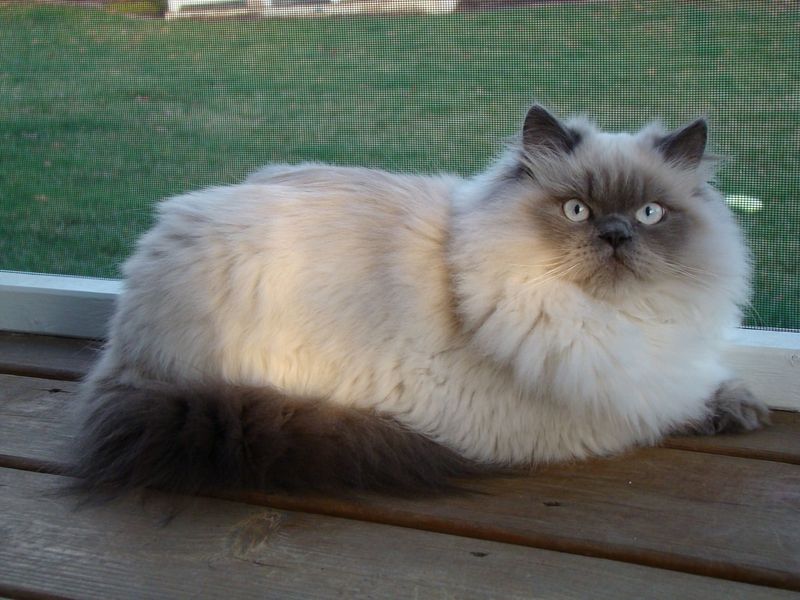
With their stunning blue eyes and luxurious coats, Himalayan cats are undeniably captivating. However, their beauty requires significant upkeep. Regular grooming is essential to keep their long fur tangle-free, which may not be ideal for those with limited time for pet care.
These cats are also predisposed to several health issues, including respiratory problems and kidney disorders, which originate from their Persian ancestry. Such health concerns necessitate regular veterinary check-ups and can lead to substantial medical expenses.
Himalayans are known for their serene and sometimes aloof nature, requiring a calm environment. They may not adjust well to active households or homes with young children.
10. Abyssinian
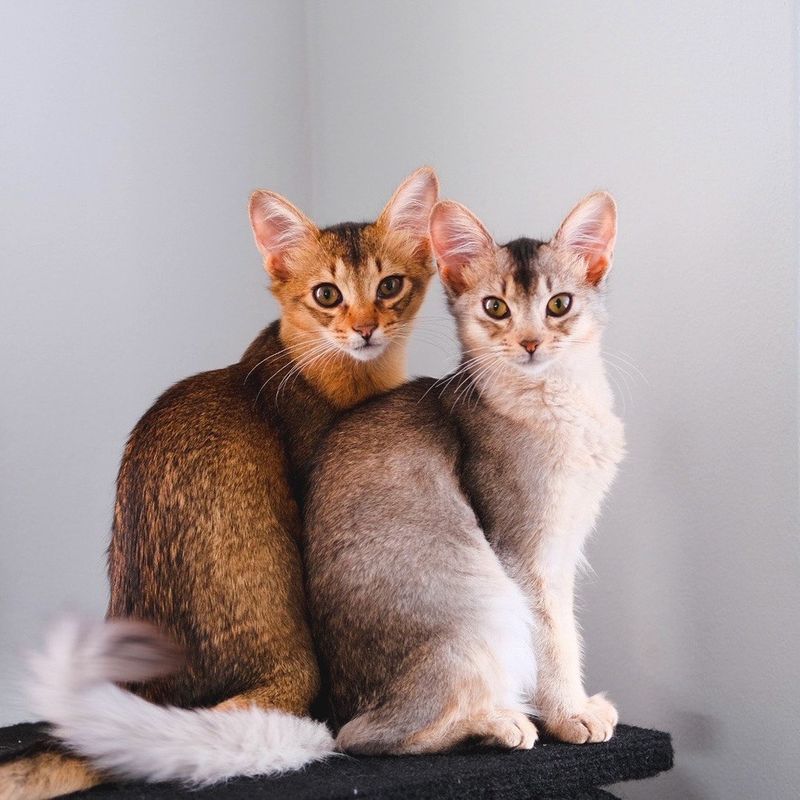
Abyssinian cats are admired for their lively personalities and ticked tabby coats. These energetic felines require constant mental and physical stimulation, which can be demanding for those who cannot dedicate ample time to play and interaction.
Their inquisitive nature often leads them to explore every corner of their environment, necessitating a cat-friendly home with plenty of climbing and scratching options. Without proper outlets for their curiosity, they can become bored and potentially destructive.
Moreover, Abyssinians are known to be quite independent, which might seem appealing, but they can also become aloof if not regularly engaged. This balance of independence and need for stimulation can be tricky to manage.
Despite their captivating energy and appearance, the demands they place in terms of engagement and space make them the types of cats I would avoid.
11. Russian Blue
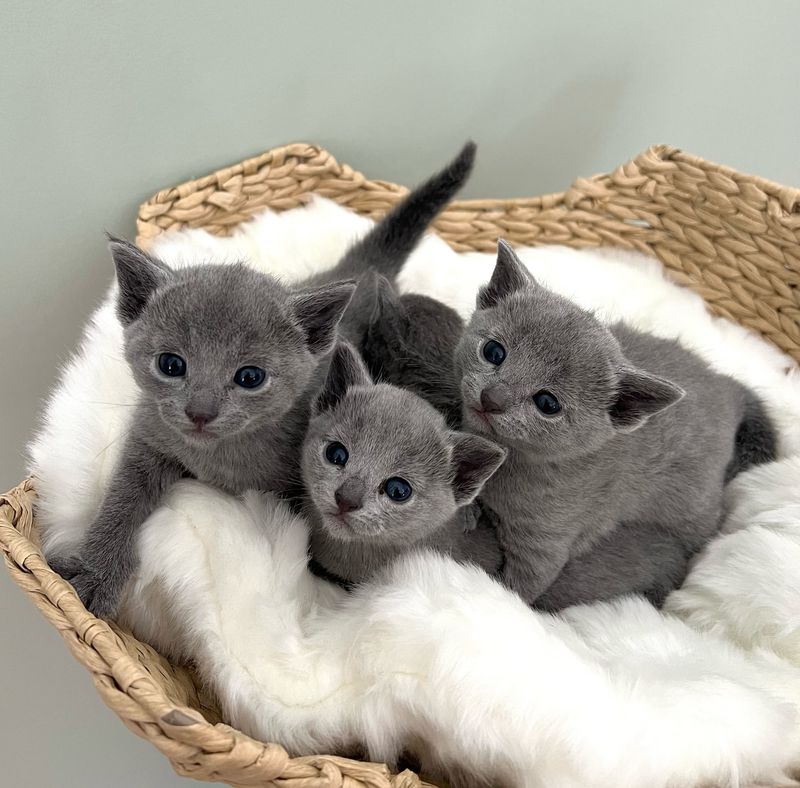
While they are known for their gentle and reserved nature, they can be quite sensitive to changes in their environment. This sensitivity means they thrive best in stable, quiet households, unlike my bustling and dynamic home environment. The potential stress caused by frequent changes or noise could affect their well-being.
Additionally, Russian Blues are often more reserved around strangers and may require patience and time to warm up to new people. This shyness can be a challenge for social households or those who frequently entertain guests.
Considering their need for stability and quietude, the Russian Blue might not suit every lifestyle. These factors, along with their stunning appearance, can make the breed a challenging choice for many. Despite their elegance and reserved charm, the environmental demands of a Russian Blue may not be ideal for those with a more dynamic or bustling home.
12. American Bobtail
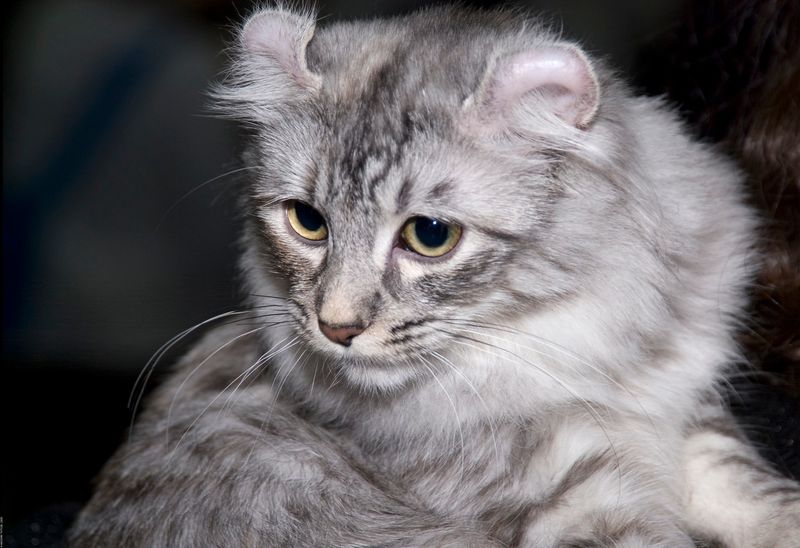
They are known for their adaptability and friendly nature, often enjoying interactive play and socializing with their families. However, their playful and energetic demeanor can be demanding, requiring consistent stimulation to prevent boredom. This need for engagement can be challenging for individuals with limited time for interactive play.
Furthermore, while they are generally healthy, American Bobtails can be prone to certain genetic conditions that require monitoring and potential veterinary care. This aspect of their care, combined with their energetic needs, might not align with my lifestyle.
With their need for play and potential health concerns, an American Bobtail may not be the best fit for every living situation. Despite their appealing nature and unique appearance, the practicalities of their care can make this breed a less ideal choice for some.
13. Japanese Bobtail
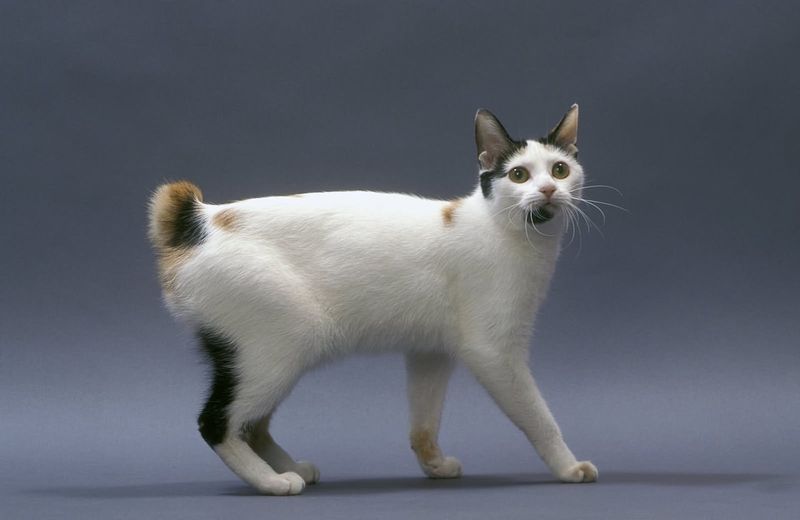
Japanese Bobtails are known for their distinctive short tails and elegant appearance. Their playful and active nature makes them charming companions, but their energy levels can be demanding. These cats thrive in environments where they can engage in plenty of play and exploration, which might not be feasible for someone with a busy schedule.
Without enough stimulation, they can become bored and potentially mischievous. Additionally, Japanese Bobtails are social and enjoy the company of people and other pets. While this social nature is endearing, it can also mean they are less suited to homes where they are often left alone.
With their beauty and engaging personality, the demands for interaction and play make them less suited for some lifestyles. While charming, these factors often lead people to avoid this breed.
14. Exotic Shorthair
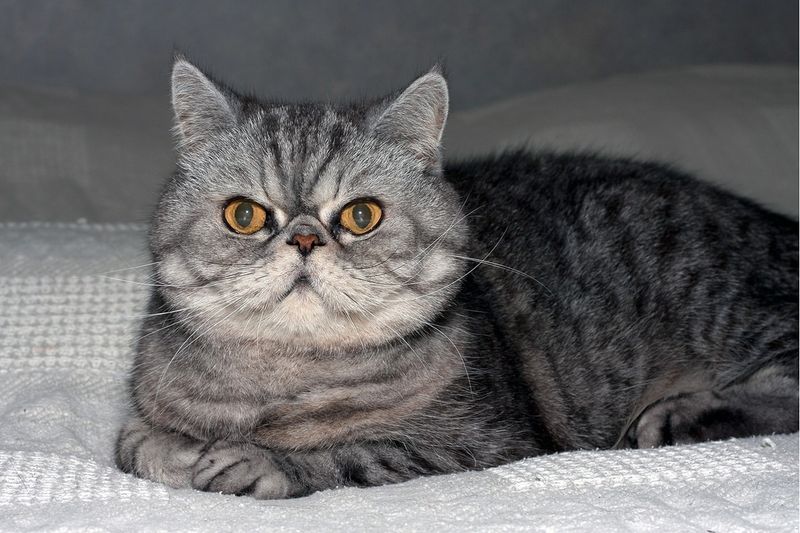
Exotic Shorthairs are admired for their plush coats and round, flat faces, giving them a teddy-bear-like appearance. However, their charming looks come with certain care requirements that can be challenging to manage. Their dense coat needs regular brushing to prevent shedding and matting, a task that demands time and effort. This grooming routine might be too much for individuals seeking a lower-maintenance pet.
Moreover, the breed’s flat face can lead to health issues similar to those found in Persian cats, including breathing difficulties and eye problems. These potential health concerns require vigilance and possible veterinary interventions, contributing to the overall care demands.
Despite their adorable appearance and gentle nature, the practical challenges of their care make this breed one I would choose to avoid.
15. Martian Moon Cat
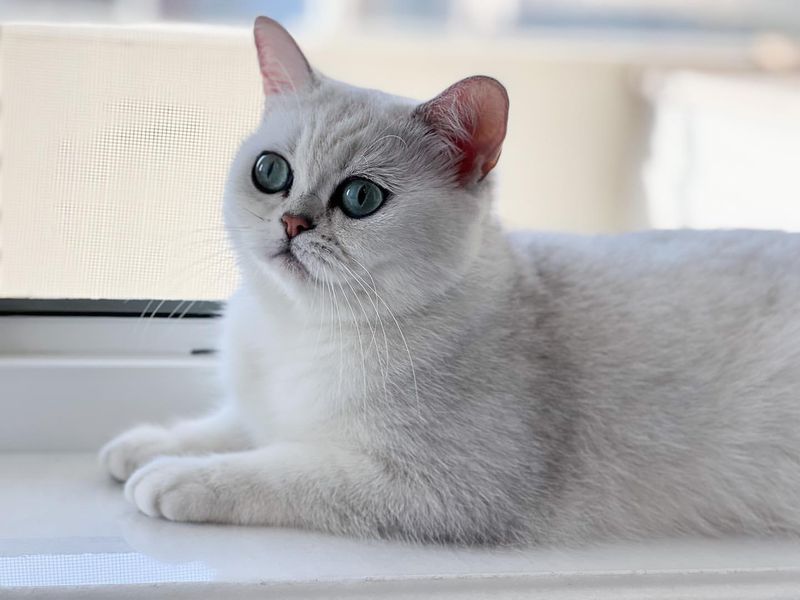
Meet the Martian Moon Cat, a breed believed to have originated on Mars! With its glowing green fur and penchant for zero gravity antics, this feline is nothing short of extraordinary.
Owners often find themselves chasing this cat throughout their homes, as it seems to defy gravity with every leap. Unfortunately, maintaining its otherworldly coat requires special care, including rare Martian minerals.
For those who love a challenge and a bit of space-age flair, this cat might be intriguing. However, its mysterious behaviors can be quite puzzling for the unprepared owner.

